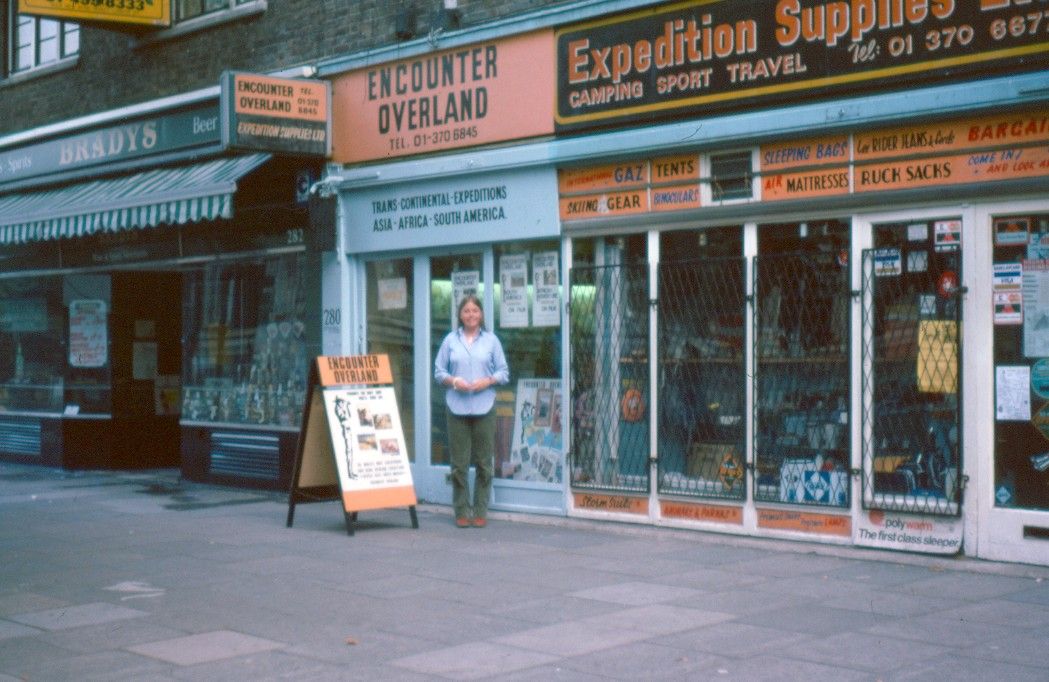i-gotU Travel Logger
The i-gotU Travel Logger is a small simple looking devise.
A 2009 review of a i-gotU travel logger. It looks the same but I don't know if the model number is the same.
I have a number of GPS data logs, commonly called tracks, from a number of GPS devices.
These can be viewed in on computer programs such as Google Earth Pro, Garmin BaseCamp, and Memory Map. Although, for the latter the acceptable file format appears to be GPX.
A case in point, our Bay of Biscay Whale Watching Trip.
According to a review of the I-gotU
The ' i-gotU GT-120, a GPS logger and receiver which records trip routes, auto add photo GPS locations and create an animated trip journal based on the data logged.'
The output was a large dataset of 2790 points.
Other metrics;
| Measure | Data | |
| Start date and time | 20/09/2010 11:22 | |
| End date and time | 20/09/2010 18:59 | |
| Duration | 7 hrs 13 mins 32 secs | |
| Recording interval | 10 secs | |
| Points recorded | 2790 | |
| Distance travelled | 238 km | |
| Speed | ||
| Minimum | 26.0 km/h | |
| Average | 32.9 km/h | |
| Maximum | 37.9 km/h | |
| For each point, the following are also recorded | ||
| Time | ||
| Elevation | ||
| Position - Latitude and Longitude | ||
| Leg (between points) distance, time, and speed | ||
| The line also has total assent and decent, which is not really relevant here. Sum of all the waves! |
Over 22,000 pieces of information. A rich dataset.
A dataset that I want to import into an alternative visual aid as the original is no longer trading.
The above is an extract from another article I have written about Google Earth Projects.
Lets look at what else could be none, especially before the loss of a-trip.
An additional function of i-gotU was that if you press the big button on the front of the devise, it records the data at that moment. Excellent for working in conjunction with digital cameras.
Once the track was uploaded to a-trip a visualization of the line could be seen on a map. Then upload some photos with digital exif data including times. Note, both the i-gotU and camera have to have the same clock time. Both adjusted for the same place and therefore time in the world.
The photos are then distributed along that line based on the time the photo was taken and the nearest track point. It was not a requirement to press the button as described above to do this, as for this track the interval was 10 seconds, which equates to a reasonable accuracy of position. The photos are now geotagged ready for use in other programs.
If I recall correctly, not only were the associated photos displayed together with the line, on the map, but you could run a timeline slideshow.










